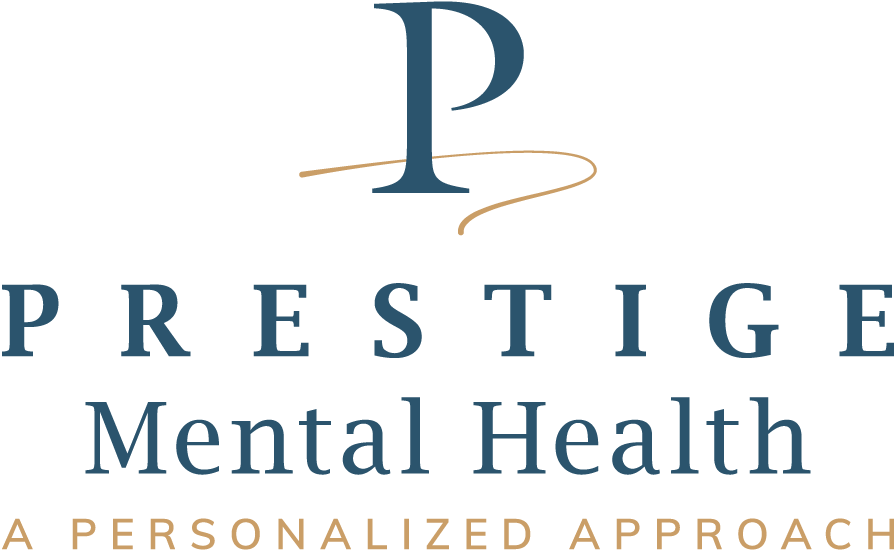Winter is on its way, and it’s a dire sign that Seasonal Affective Disorder(SAD) is peering around the bend. Each day, the sun rises later in the morning and earlier in the evening. With the trees losing their leaves and not gaining them back until spring, About five percent of the populace in America suffer from SAD, which can happen due to a lack of melatonin, serotonin, or even both, thanks to decreased sunlight exposure. The farther someone lives from the Earth’s equator, the more likely they are to experience SAD. The symptoms generally reflect those of depression,
With winter occupying around two to five months, the time depends on your location. That’s a sixth to almost half of the year, and the darkness that the winter brings can lead to us counting the days until we see the sun again. Winter can be depressing, even more so if you don’t embrace winter-based sports or activities. There’s nothing we can do to alter winter’s presence—aside from moving to a warmer climate or migrating to the southern hemisphere like geese. However, each day we can take a step towards combating the effects of SAD by preparing ourselves for it.
With that being said, are you ready to take a stand against the symptoms of SAD? Down below are several ways that we can utilize to fight back against the suppression we feel during the winter months.
Methods Of Counteracting The Effects Of SAD
- Bask In The Sunlight -While we experience shorter days with the clouds growing thicker, it gets difficult to know if the sun still exists. Yet, there are days when the sun breaks through our windows and radiates some warmth, even in the cold winter. This is one of many ways you can counteract the onset of SAD.
- Keep An Eye On Any Changes – With the changes that happen during the winter season, they can negatively impact the mental health of adults and children alike. Whether it’s a shift in work schedule or the three-week vacation for Winter Break, SAD can hit us at any moment, and it’s up to us to recognize how it affects us.
- Prepare Yourself For Winter – There’s never a bad time to start paying notice to our mental health. With clinical practices, individuals often encounter symptoms of SAD in early to mid-October, sometimes as late as early November. Mental illnesses such as bipolar disorder have increased the likelihood of SAD. The most effective way to counteract this is to develop a healthy routine that you enact year-round.
How To Know When To See A Mental Health Counselor Or Therapist
If you suffer from SAD and find that during that time period, your mental health is decreasing at an alarming level, seek out mental health counseling. They can assist you in finding ways to combat SAD, as well as helping you handle the anniversaries of traumatic events that happened during the winter season.






